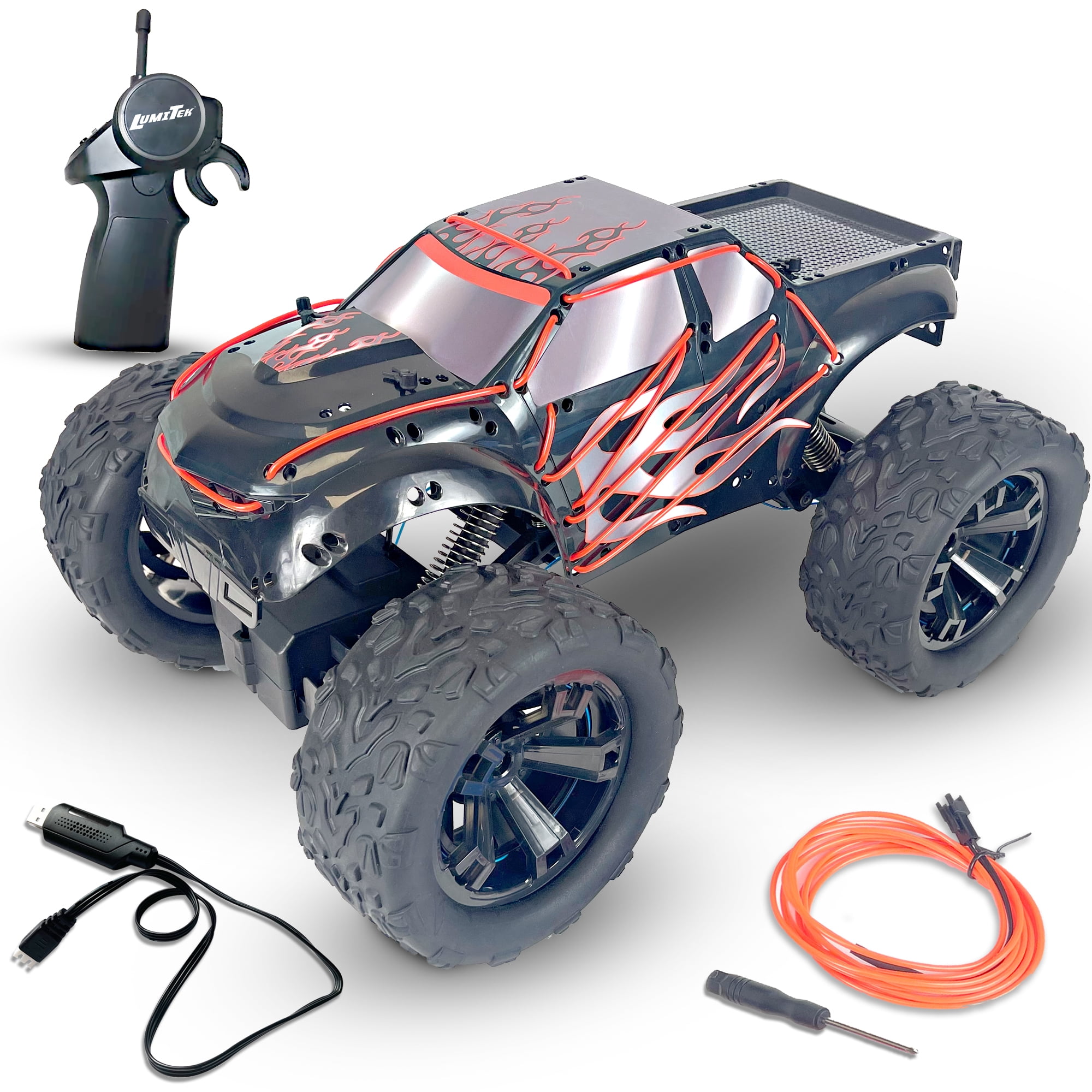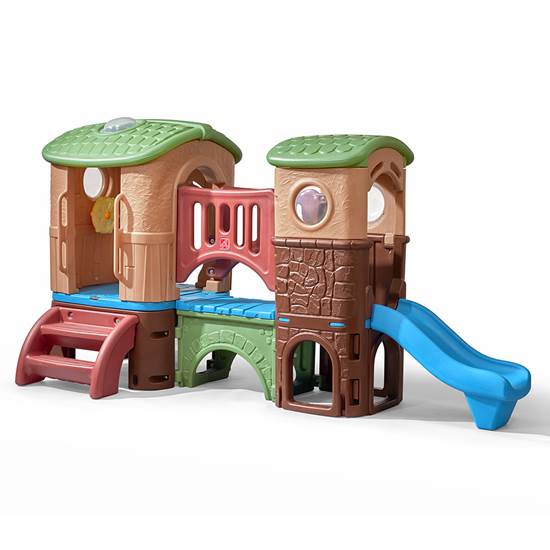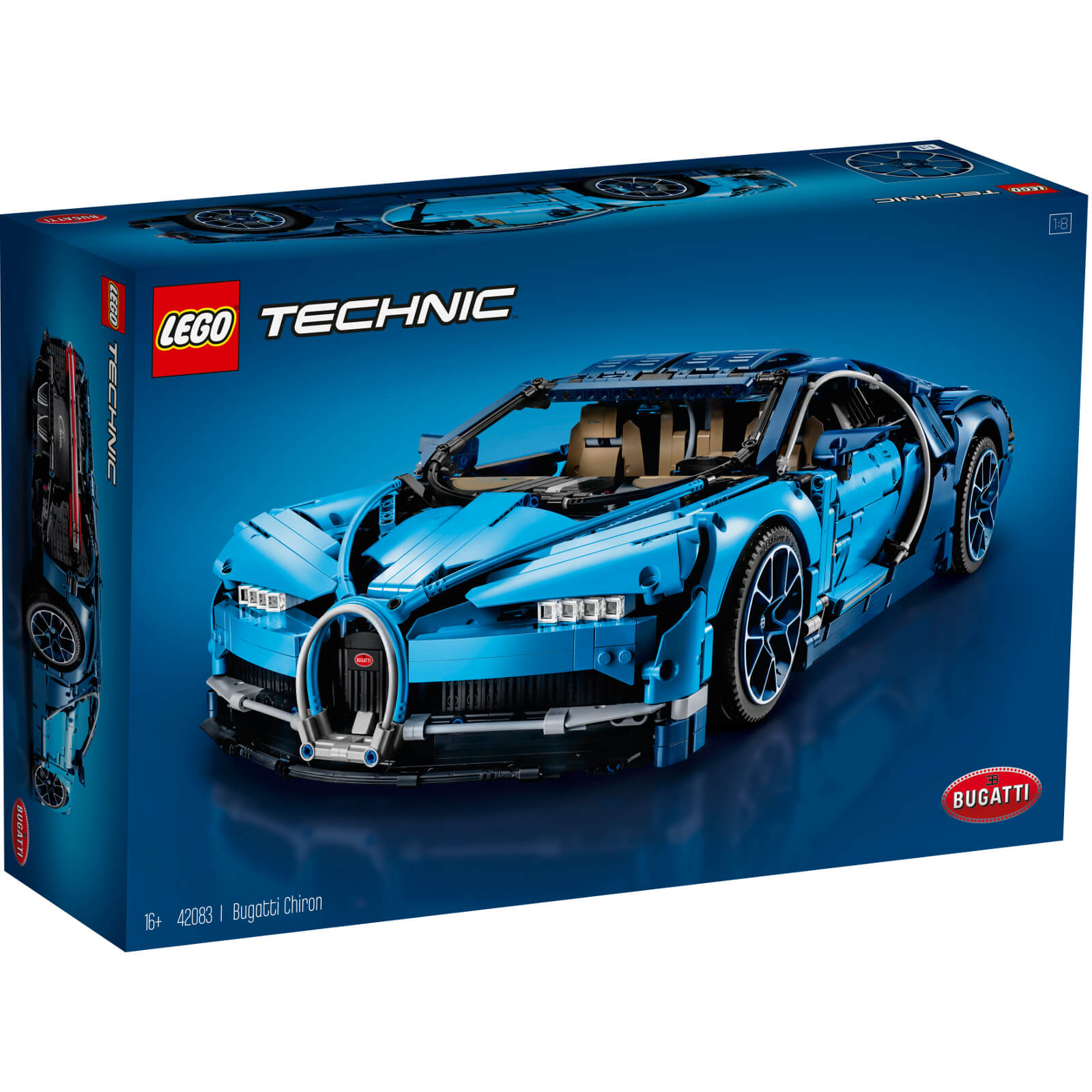LumiTEK™ R/C – Neon Giant Truck – Customizable LED Piping- 2.4 GHz 1:10 Scale Remote Control Car – Ages 8+
GREAT GIFT FOR KIDS: Whether you are looking for the perfect Christmas or birthday gifts for boys and girls, this light up Monster Truck set is guaranteed to be a total hit. The trucks come packed in a colorful box to spark excited looks at first glimpse. Includes: 1* Remote Control Car LumiTek™, 1* Controller, 1* USB Cable, 1* User Manual, 1* Screwdriver, 2* 7.4V 500mAH Battery. 1:10 Scale large size and full proportional super-fast RC cars monster truck! Exciting and extra cool gift for both kids and adults, LumiTek™ surely give them an extraordinary playing feel!
- LumiTek takes off-road riding, speed boat action, and lightning-fast racers and adds customizable chassis and controllable neon lighting, for a thrilling experience you’ll never forget!
- LumiTek is a fresh twist on RC that takes toyetic vehicles to the next level with futuristic light technology. Kids and adults will light up the night with blazing speed and customizable light-up excitement!
- Predrilled holes for custom LED designs
Product includes:
This High-speed light up LumiTEK™ RC car has slick rear wheels for awesome drifting and durability. Equipped with steady chassis and strong power motor, the speedy 2.4 GHz 1:10 scale remote control car is super fast than other RC cars. Just install the battery and turn on the switch, then you will enjoy an excitement racing time.
- Drive system: 4WD
- Stunt action: Wheelie bar
- Frequency: 2.4GHz
- Control Distance: about 164ft
- Running time: 20 minutes per battery
- Vehicle Battery: 7.4V/500 mAh battery (included)
- Remote Control Battery: 2 x 1.5V AA battery (not included)
Additional information
| Gender | Unisex |
|---|---|
| Color | Multi |
| Assembled Product Weight | 2.2 lb |
| Assembled Product Dimensions (L x W x H) | 15.00 x 6.50 x 4.17 Inches |






Reviews
There are no reviews yet.